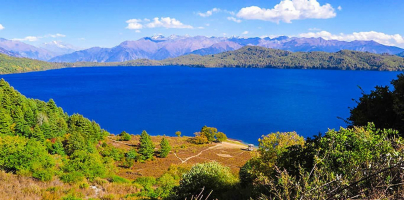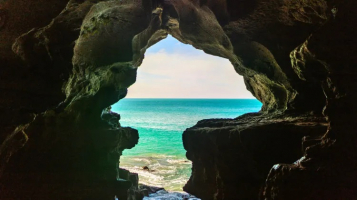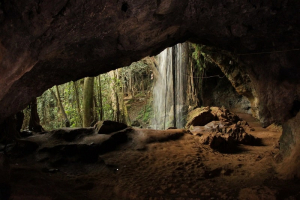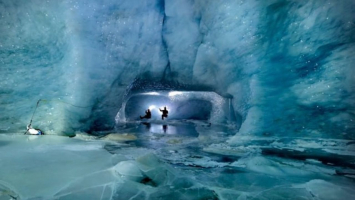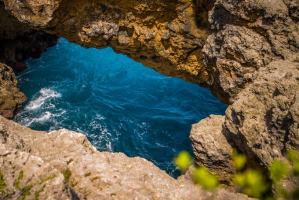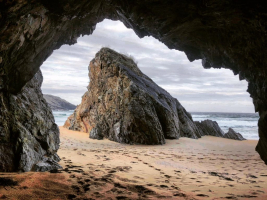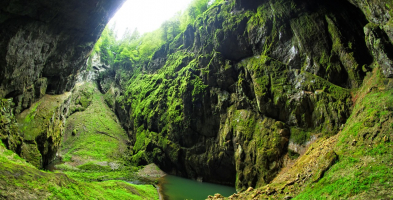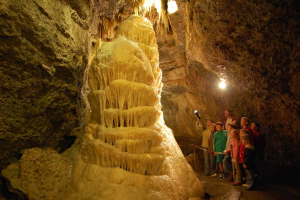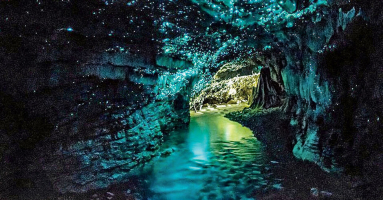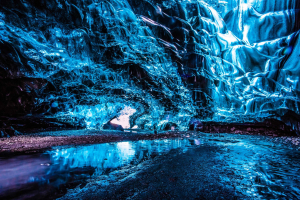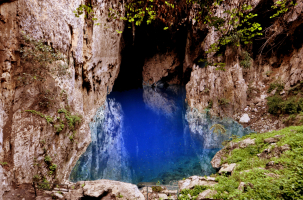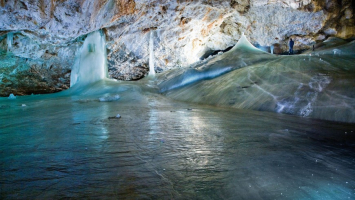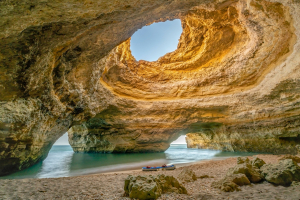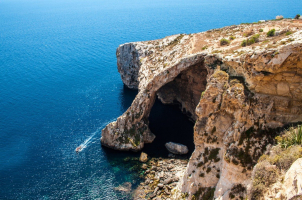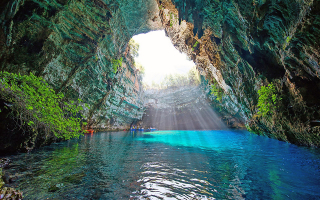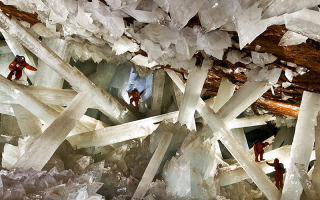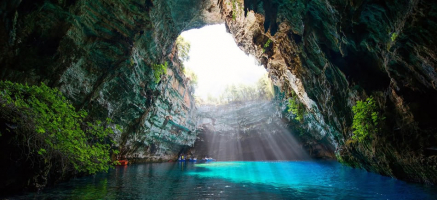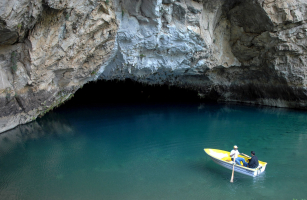Top 8 Most Beautiful Caves in Nepal
If you like unique experiences, you definitely cannot help but travel to Nepal - a South Asian country with many attractive features located next to the ... read more...highest mountains in the world. Have you ever wanted to immerse yourself in the mythical white snow scene if you have the opportunity to travel to Nepal? This country can offer you the opportunity to see the majesty of the Himalayas, visit gilded temples and see wildlife in the jungle. Here is the 8 most beautiful caves in Nepal. Let's discover!
-
Gupteshwor Mahadev Cave temple is located near Daevid Falls in Pokhara, Nepal in where the Seti River emerges from underground. The Cave Temple was discovered in the 16th century. Lord Shiva is honored at the cave temple. The cave is over 3 kilometers long, and a Shiva lingam has been kept in its original state. The cave is split into two sections. The first is 40 meters in length. It is the most important natural cave. Lord Shiva's temple may be seen from here. We must spend thirty rupees to visit only this location. This cave has another section that is longer and darker. This section follows the collapse of the devis.
Visitors can see devis fall and a very magnificent panoramic location with the water spring of devis fall from a distance of around a hundred miles from the second entrance.
Overall, the cave is a fascinating sight to behold and become one of the most beautiful caves in Nepal. Devi Falls and the cave are within walking distance of each other and would take more than an hour or hour and a half to see, so it is worth a stop if you are interested in those things, but it can be missed if you don't have the time. The Gupteshwor Mahadev Cave Temple is also a popular tourist destination.
Location: Daevid Falls, Pokhara, Nepal
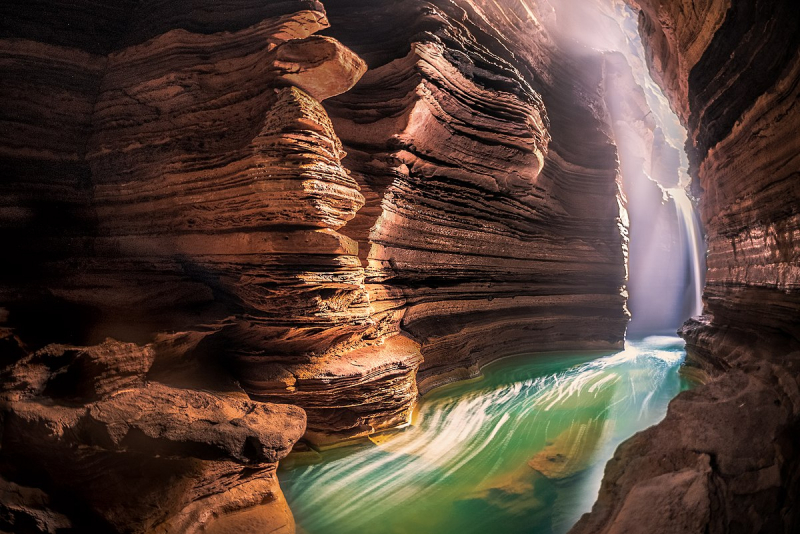
Source: Wikipedia 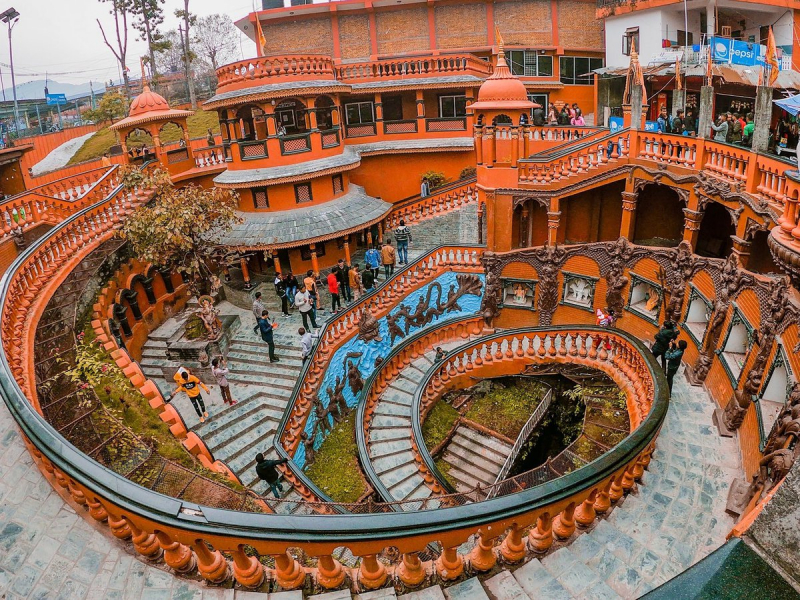
Source: Twitter -
Mahendra Cave is a big limestone cave found in Pokhara-16,batulechaur, Kaski district, adjacent to the Kali khola. It is a rare example of a cave system with stalagmites and stalactites in Nepal. Thousands of people visit this display cave each year. Inside the cave, there is a Hindu deity Shiva statue.
Young shepherds from Pokhara discovered this cave in the late 1950s. Since since, it has remained one of Pokhara's most popular tourist destinations.
Visitors can reach the cave in thirty minutes by taxi, one hour by public bus, or two hours on foot from the Pokhara Airport. The underground tunnels are absolutely black, with water trickling from the ceiling. The cave is made of limestone, which falls to the ground and generates electrical sparks on a regular basis. Artificial lighting is given inside approximately half of the accessible cave due to the darkness.
The Mahendra Cave has around 100 meters of easily accessible passages and another 100 meters of low, unstable corridors that are entered by a collapsed channel that is just about half a meter high. The report of the 1976 British cave expedition to the region includes a study of the entire cave as well as listings of the bats and invertebrates that live there.
Location: Pokhara-16,batulechaur, Kaski district, Pokhara, Nepal
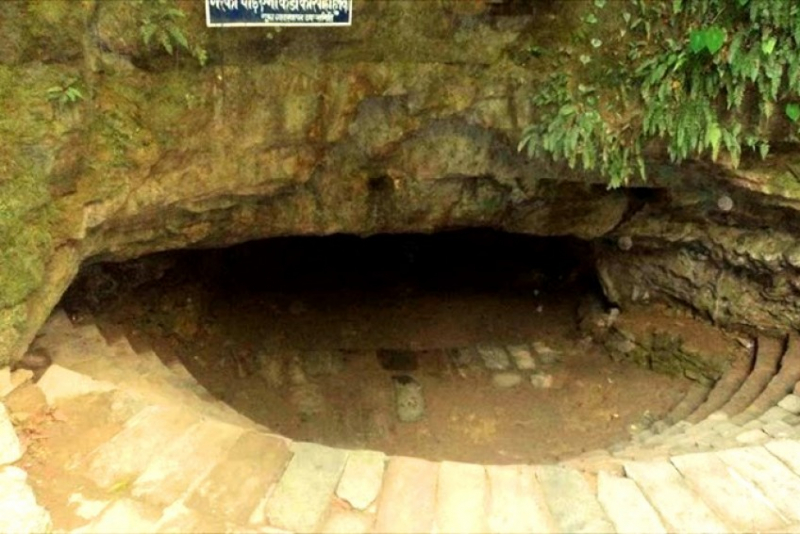
Source: Nepal Traveller 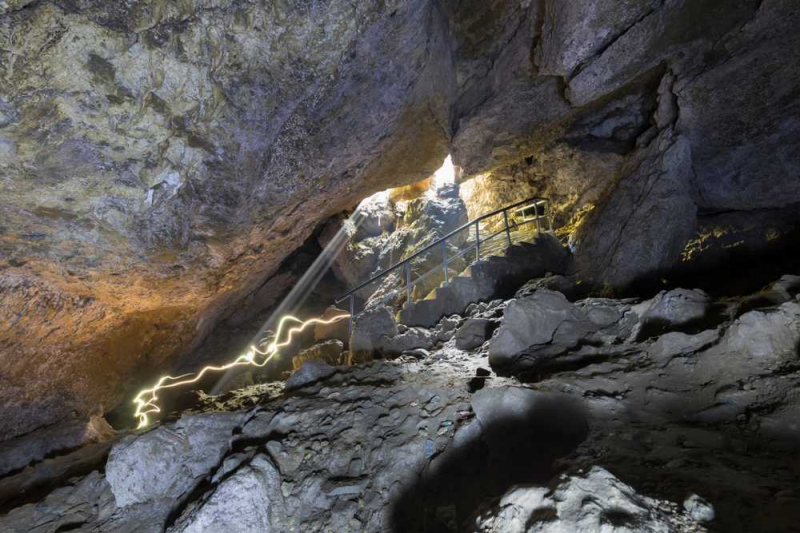
Source: Holidify -
The Bat Cave is a solutional cave in Pokhara, Nepal's Kaski District. Horseshoe bats are reported to live inside the cave, on the walls and roof. Limestone is used to create the cave. It is a display cave and one of Pokhara's most prominent tourist attractions. There is only one way in and out of the cave. Because the exit is narrower than the entry, it must be climbed. The cave is thought to be an exciting and terrifying area filled with Bats, as if it were a miniature planet of Bats.
Visitors can locate the cave's exact experience within the cave. The Bat Cave has a typical entrance, but the exit is rather tiny and requires a little climbing. It's a lot of pleasure to go to this cave with friends because the cave is exciting, scary, and requires a lot of guts to complete the entire cave circuit. Although people can enter the cave with the assistance of a guide for a fee, it is more daring to do so on your own. The cave's most intriguing feature is its exit point, when you must crawl out of a tiny hole.
Location: Kaski district, Pokhara, Nepal
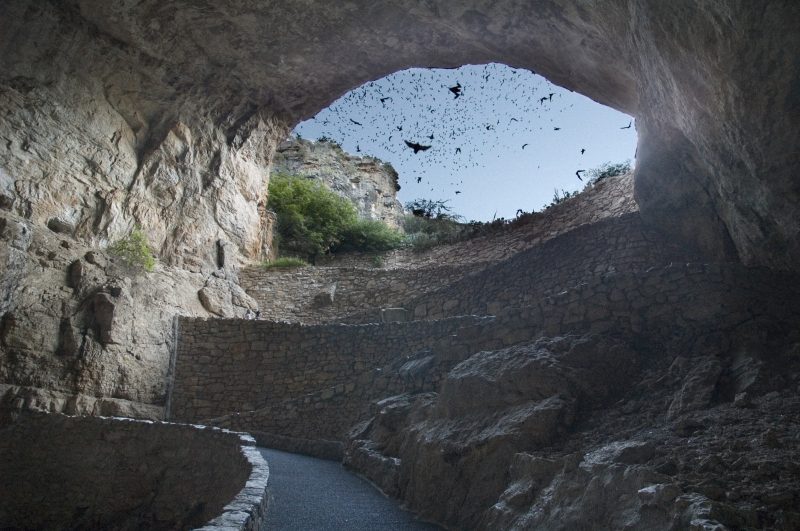
Source: National Park Service 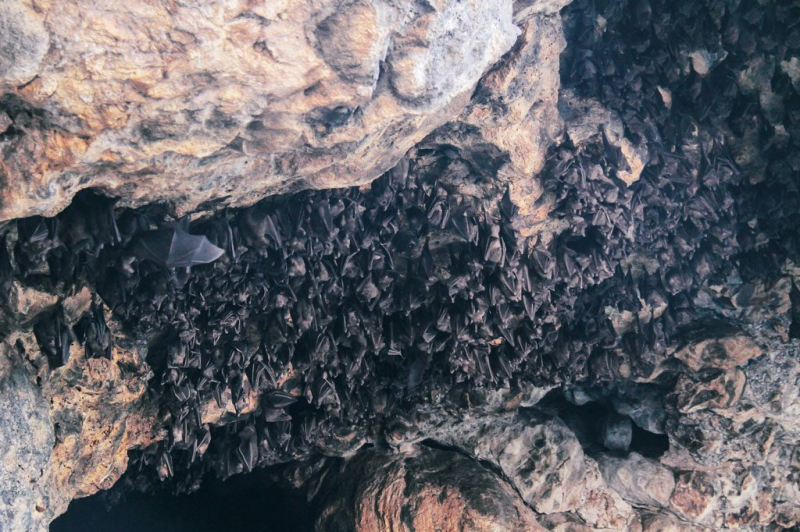
Source: NOW! Bali -
The red cliffs are spectacular, but only when the sun is shining early in the morning or late in the afternoon. It's hardly surprising, though, because you can see them from a long way before you get to Chhusang. High caves, lookout towers were all discovered 2000 years ago. It was fantastic and totally worth the journey because of its beautiful caves!
Red cliffs are a fascinating and unusual natural phenomenon to view and admire at least once in a lifetime. Mustang is a secluded country far from towns and noise, and it exhibits the best of nature via its unusual features such as red cliffs, crimson canyons, and black deserts.
Mustang, a lonely kingdom hidden among the magnificent peaks of northern Nepal's Himalaya, has long been closed to outsiders and is still only visited by a select few each year. Trek over the high altitude desert, where red-rock cliffs, deep river gorges, and towering gray ridges give way to the glittering white crests of some of the world's highest and youngest mountains, in this enigmatic place.
Location: Dhakmar, Mustang, Nepal
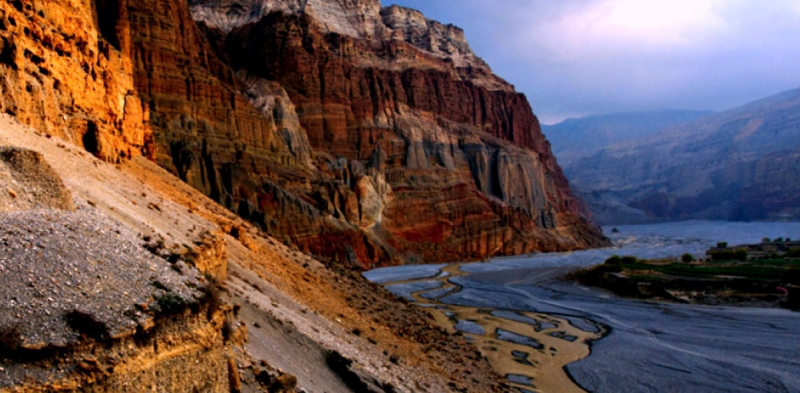
Source: Travel And Entertainment 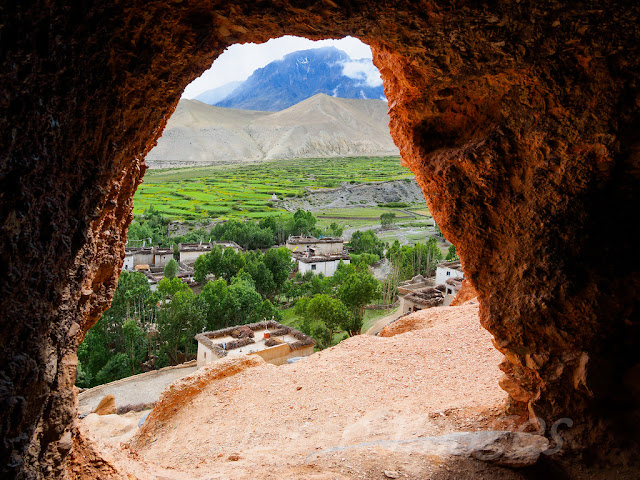
Source: Amitkumark -
The Chobhar caves are a large network of natural phreatic caves located in the village of Chobhar, Nepal, 9 kilometers southwest of Kathmandu. Chobhar is also notable for the Chobhar gorge, which drains the entire valley's water. A modest Adinath Sampradaya temple sits atop a neighboring hill. A view of snow-capped mountains may be seen from the temple.
Kathmandu Valley was formerly a lake, according to tradition and the Swayambhu Purana. Manjushree, the bodhisattva, is said to have carved a canyon at Chobhar Ancient Hill Village (sp. also Chovar, chobar) and drained the waters to create a habitable land.
In 1976, research teams from the United Kingdom, Czechoslovakia, and Germany examined these caverns. Explorations of the caves in April 2007 revealed at least six known openings, all of which were confirmed by GPS readings taken by a French speleological team led by Maurice Duchesne. There is currently a map of those caverns available.
Visitors are highly warned not to enter the caves unless accompanied by qualified professional guides who are equipped with a compass and other cave exploration equipment. It is recommended that you take all possible safety precautions. There are no snakes in these Chobhar caves, but there are a lot of bats.
Location: Kathmandu, Nepal
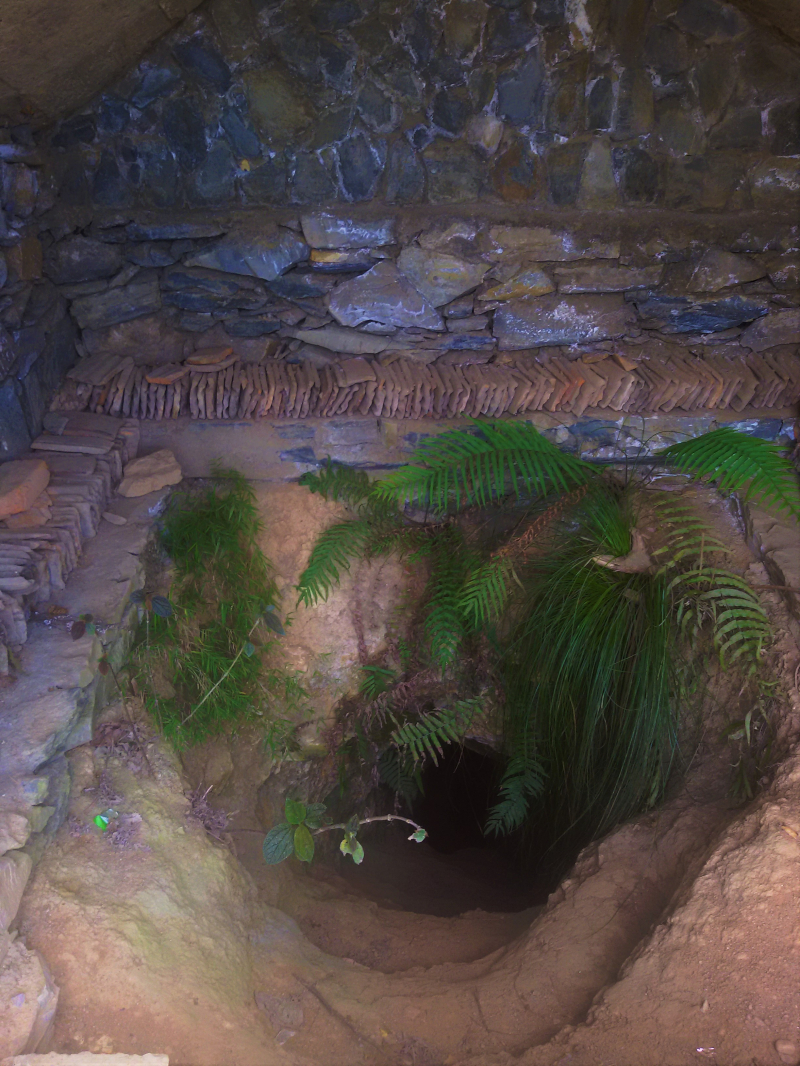
Source: Nepal Traveller 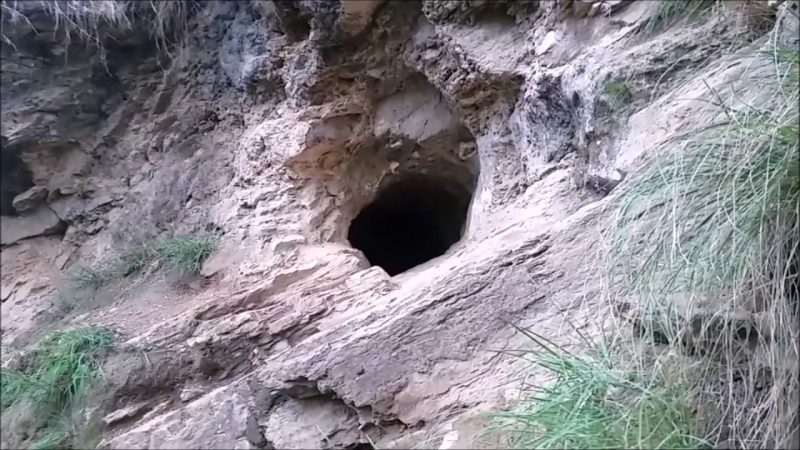
Source: Destimap -
The Halesi-Maratika Caves are in the Khotang District of eastern Nepal, near the village of Mahadevasthan. Mount Everest is around 185 kilometers south of the cave and temple. For Hindus, Buddhists, and Kirat, the temple is a sacred pilgrimage site. Hindus refer to the caverns as the Halesi Mahadev Temple, as they are associated with Mahadeva, a form of Shiva, while Buddhists refer to them as the Pashupatinath, as they are believed to be the caves related with the legend of Padmasambhava. The Kirati Rai of the region revere Halesi as the community's ancestor god. According to the Kirat mundhum, a rich oral tradition of the Kirats, their ancestor Raechhakule, also known as Hetchhakuppa, used to remain inside the Halesi cave in the remote past.
The most well-known natural and beautiful cave in the Khotang District is claimed to have been Mahadeva's hideaway from the demon Bhasmasur. Both Hindus and Buddhists visit this important pilgrimage site in east Nepal. The cave has earned the moniker "Pashupatinath of the East." On Shivaratri and Bala Chaturdashi, large religious fairs are held here.
Location: Mahadevasthan village, Khotang District, Nepal
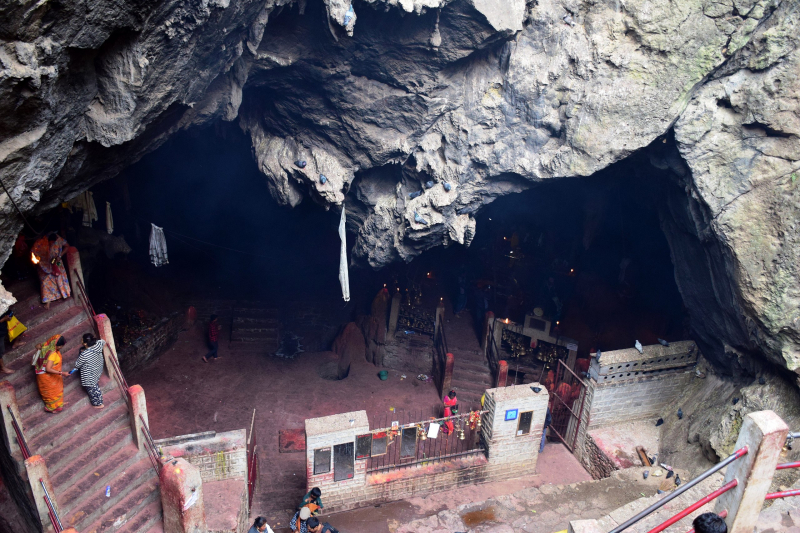
Source: Wikimedia Commons Source: Gyalpo production -
The Mustang Caves, also known as the Sky Caves of Nepal, are a collection of 10,000 man-made caves carved into the sides of valleys in Nepal's Mustang District. Several groups of archaeologists and scholars have examined these stacked caves and discovered partially mummified human corpses and skeletons dating from 2,000 to 3,000 years ago.
Conservators and archaeologists have discovered magnificent Buddhist paintings, sculptures, manuscripts, and countless objects dating from the 12th to 14th centuries during their explorations of these caverns. The caverns are located near the Kali Gandaki River in Upper Mustang, on the high valley cliffs. Researchers have continued to look into the caves, but no one has figured out who built them or why they were made. The site is currently listed as a UNESCO tentative site since 1996.
In the Mustang caves, explorers from the United States discovered ancient Buddhist decorative art and paintings, manuscripts, and pottery dating from the 13th century. In 2008, a second expedition unearthed many 600-year-old human remains as well as reams of valuable manuscripts, some of which had miniature drawings known as illuminations and contain a mix of Buddhist and Bon literature.
Location: Mustang, Nepal

Source: Pinterest Source: National Geographic -
Siddha Cave is the largest and most popular caving attraction in Nepal. It delivers an incredible sensation inside the cave's darkness. With a depth of 437 meters and a height of 50 meters, Siddha Gufa is Nepal's and Asia's largest cave. Because it is the country's largest cave, it offers the best encounters with gloomy environments, bats talking, mice crawling, and more.
Stalactites and stalagmites abound in the cave's interior. It is also recognized as the location of Siddha Baba's enlightenment. The most popular and exciting trek to this cave is from Bandipur, which takes around one and a half hours each way if it's muddy. The cave will just take 45 minutes to reach.
The only way to get there is via a dirt route or a stone path, both of which are slick and need extreme caution. The trail is being managed and maintained so that travelers can easily explore the area. It is also necessary, if not mandatory, to engage a local guide to learn more about the cave.
Location: Bimalnagar, Tanahun District, Nepal
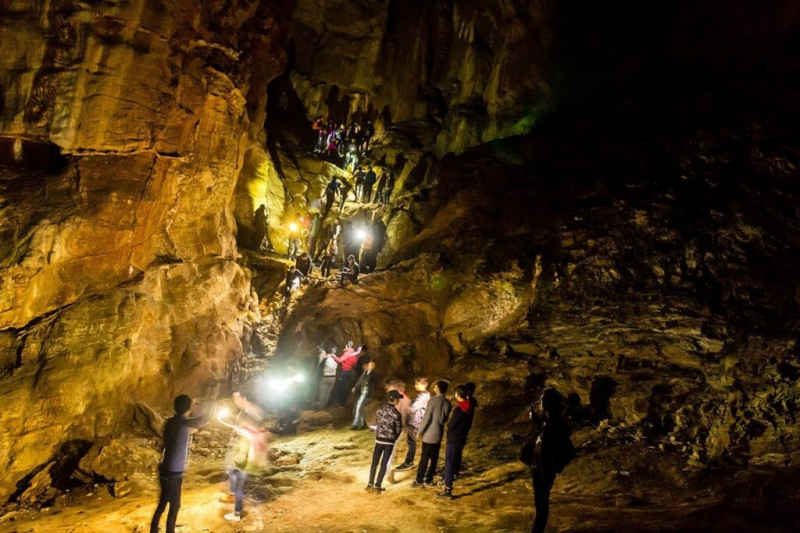
Source: Wonders of Nepal Source: POWER MEDIA NETWORK










